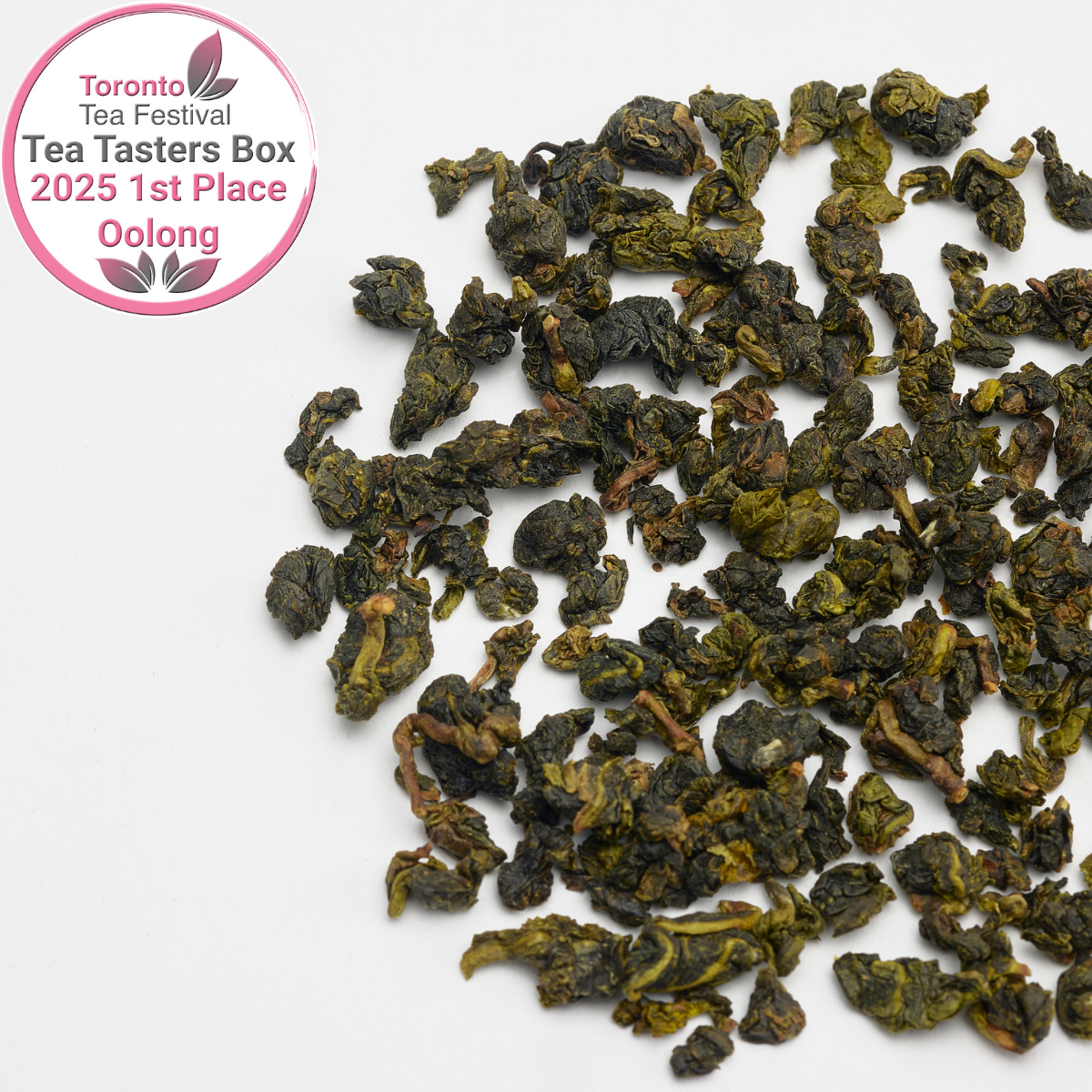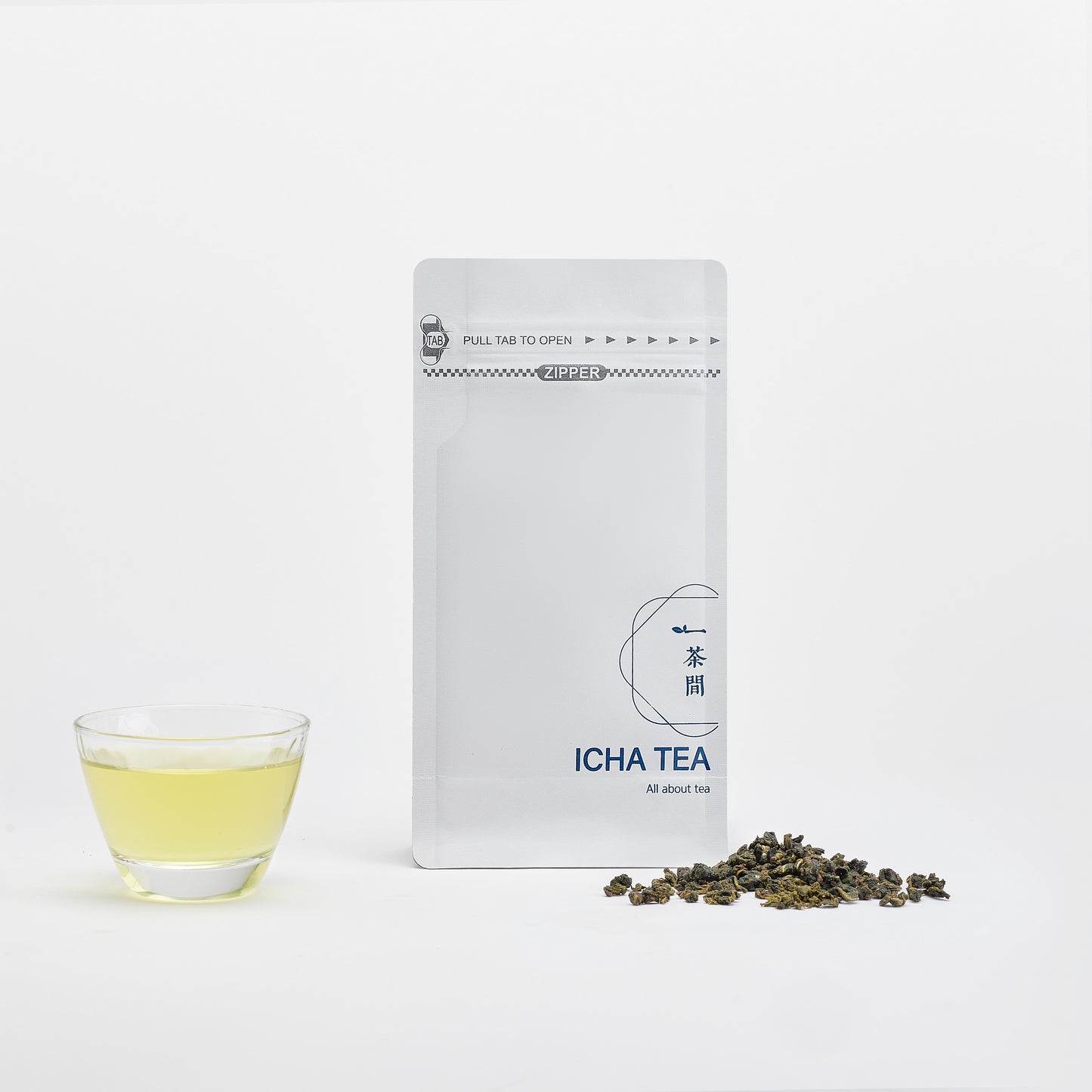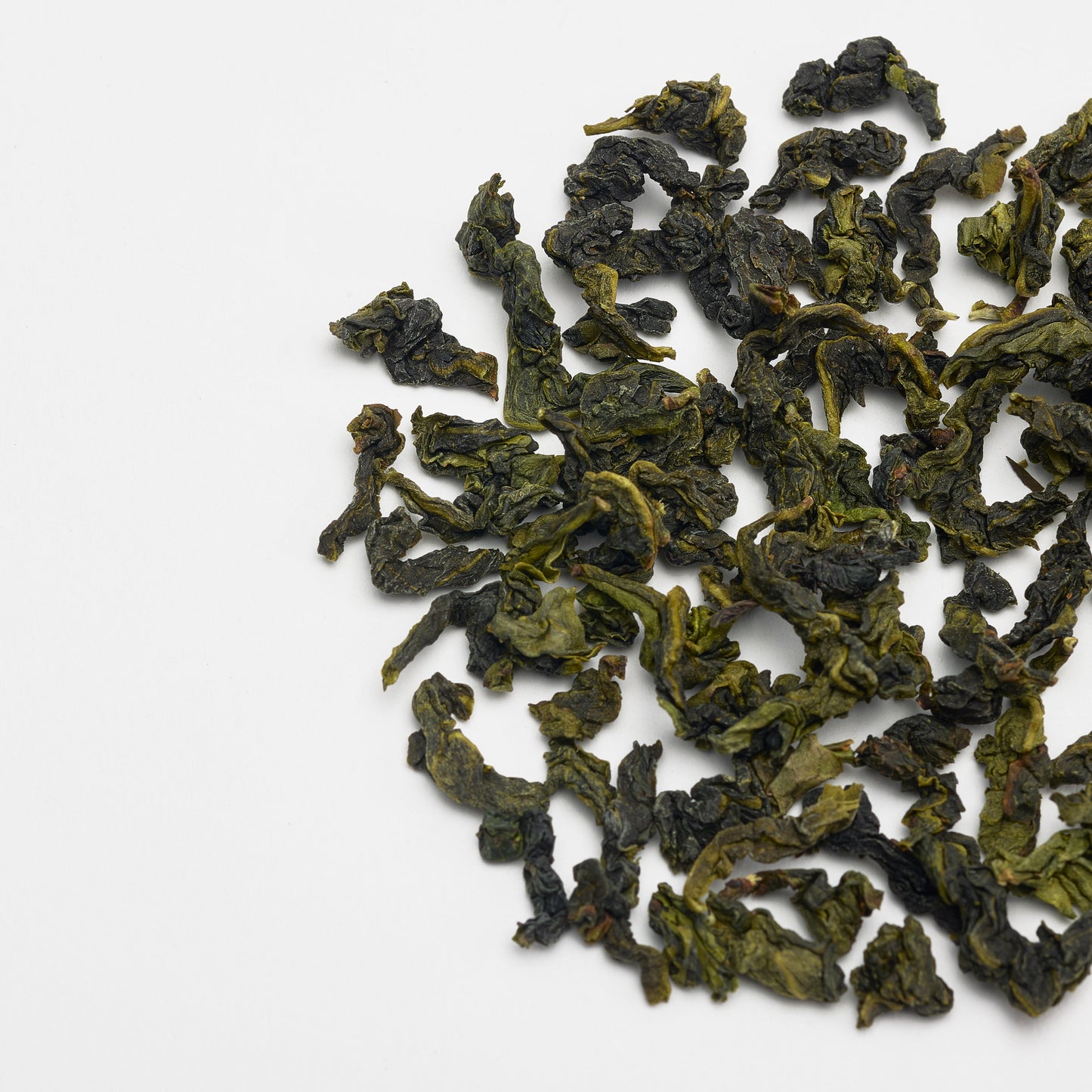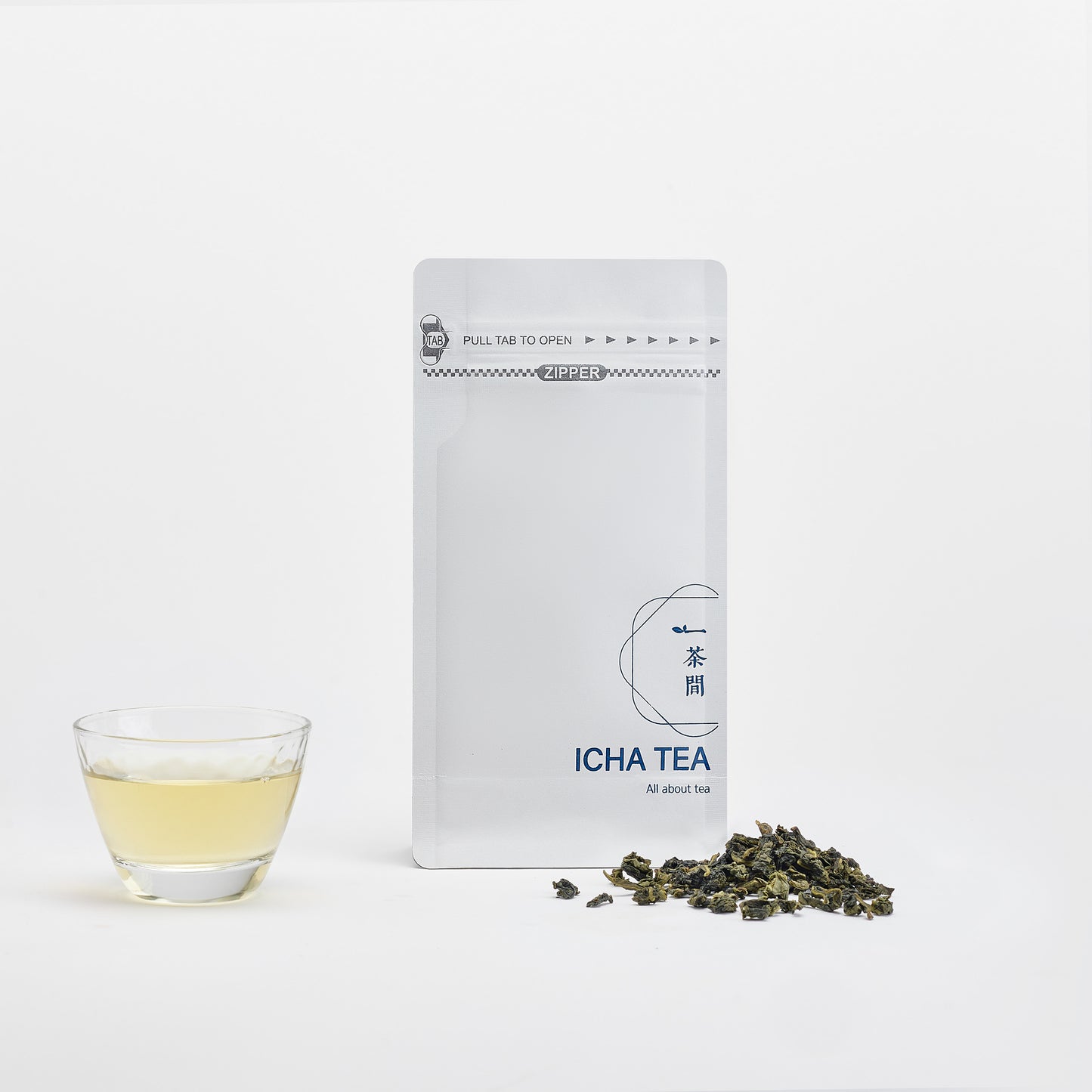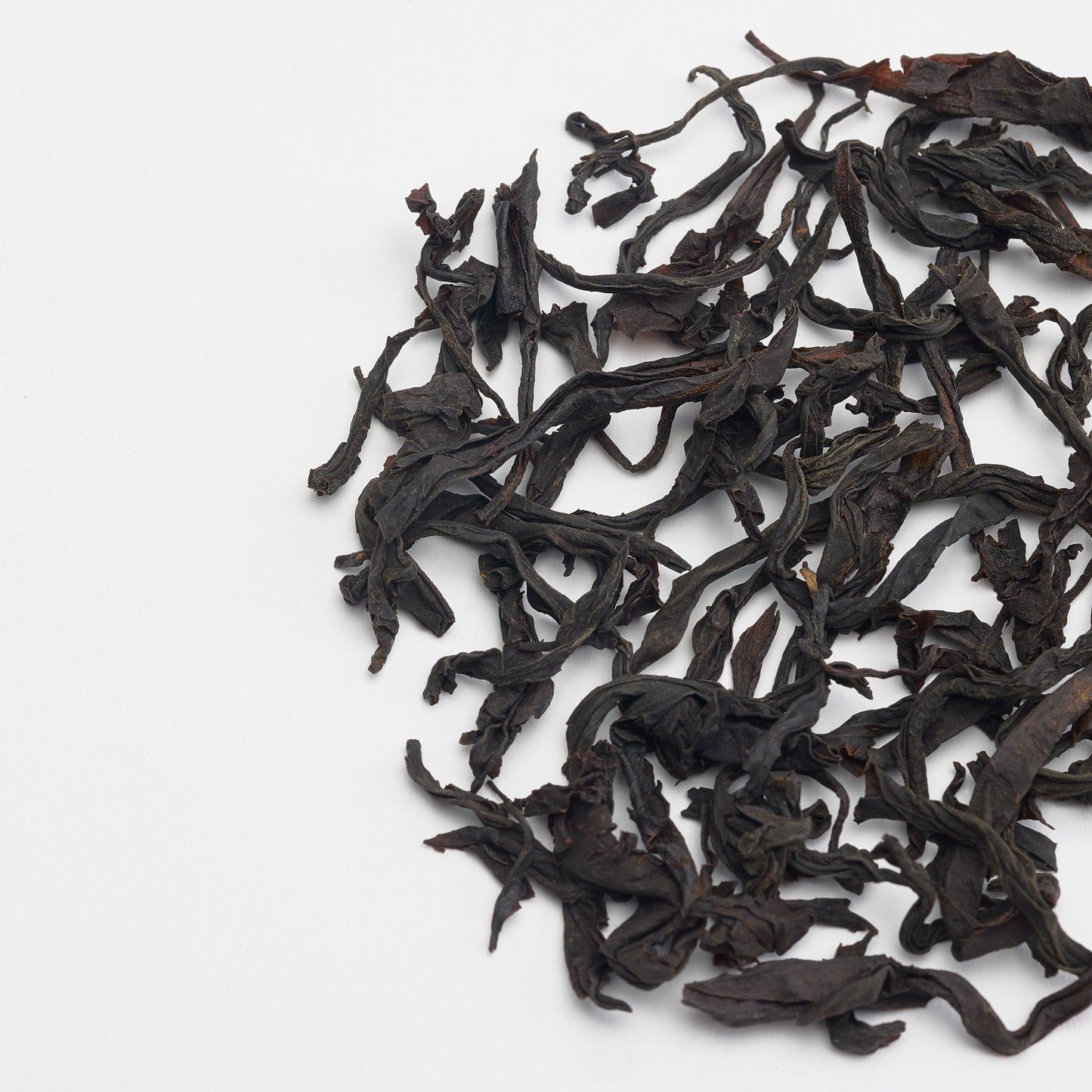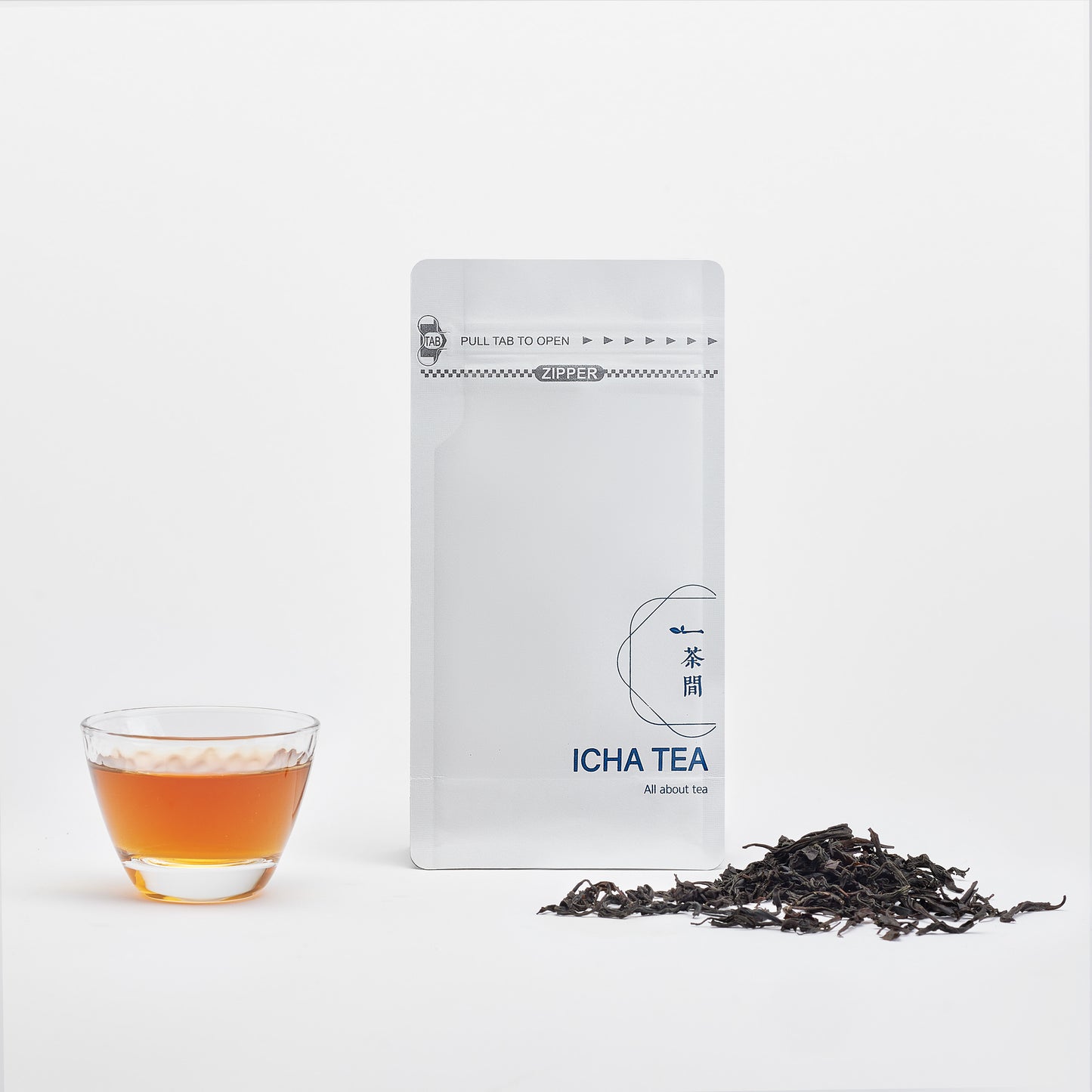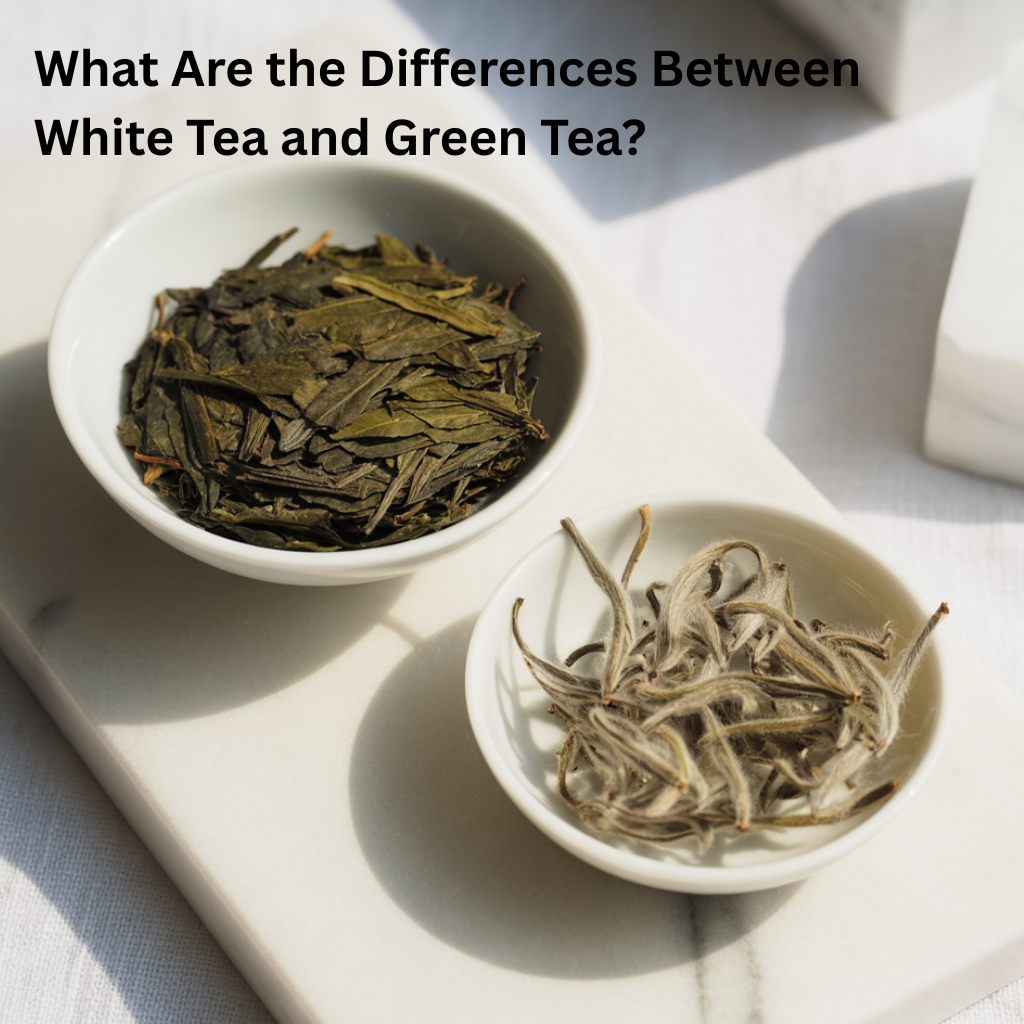
In the wonderful world of tea making, the more delicate varieties undergo minimal processing, such as white teas and green teas. Both emerge from the same Camellia sinensis plant, yet their journeys from leaf to cup create entirely different experiences. This article will explore the subtle differences and appreciate both of these refined tea types. Both white and green teas offer unique flavours, aromas, and benefits that have captivated tea lovers for centuries.
What Is White Tea?
White tea can be best described as representing the gentlest processing on the spectrum. Originating in China's Fujian Province during the Song Dynasty, white tea earned its name from the silvery-white hairs that cover young tea buds. This precious tea undergoes minimal handling and is composed of fresh buds and young leaves that are simply withered under controlled conditions and air-dried naturally. This light processing preserves the delicate essence of white tea.
Traditional varieties like Silver Needle (Bai Hao Yin Zhen) showcase pure buds, while White Peony (Bai Mu Dan) combines buds with tender young leaves. Modern white tea production has expanded beyond China's borders, but the philosophy remains unchanged. White tea lets nature's subtle flavours shine through minimal intervention.

What Is Green Tea?
Green tea holds deep cultural significance across China and Japan, representing thousands of years of tea craftsmanship. Unlike white tea's passive approach, green tea processing involves deliberate heat treatment to halt oxidation immediately after harvest. This "heat-fixing" process preserves the tea's fresh, vegetal character while creating the familiar green colour we associate with these teas.
Chinese producers typically use pan-firing techniques, creating teas with nutty, roasted notes, while Japanese methods prefer steaming, resulting in grassier, more vegetal flavours. Popular varieties include China's elegant Dragonwell (Longjing) and Japan's grassy Sencha, each reflecting regional processing traditions. This active intervention during processing gives green tea its distinctive character and makes it one of the world's most consumed beverages.
Processing Methods: The Key Difference
The fundamental distinction between these teas lies in their processing philosophies. White tea embraces passive transformation/oxidation. Fresh leaves wither naturally under carefully controlled temperature and humidity conditions. This gentle process can take 24 to 72 hours, during which enzymes slowly break down chlorophyll while preserving delicate compounds. The result is tea with incredible subtlety and natural sweetness.
Green tea processing moves quickly and decisively. Within hours of harvest, leaves receive heat treatment through pan-firing or steaming, immediately stopping oxidation⁴. This rapid intervention locks in fresh, grassy flavours while preventing the browning that occurs in more oxidized teas, such as black tea. Following heat treatment, leaves are rolled to release oils and shaped before final drying.
These contrasting approaches create dramatically different flavour profiles. White tea's patient withering develops subtle complexity and natural floral, sweetness. Green tea's swift processing preserves bright, fresh characteristics with more vegetal notes.
Health Benefits Comparison
Both teas deliver impressive antioxidant profiles, though their processing differences create distinct nutritional advantages. Green tea contains high concentrations of catechins, particularly epigallocatechin gallate (EGCG), which supports cardiovascular health and may boost metabolism¹. The heat treatment that preserves green tea's fresh character also concentrates these beneficial compounds.
White tea's minimal processing preserves the highest levels of polyphenols among all tea types. These powerful antioxidants provide cellular protection and may support healthy ageing. White tea also contains natural antibacterial and antiviral properties, making it traditionally valued for immune support³.
Caffeine content differs between white and green tea and is affected by different conditions. Five factors to consider are:
-
Leaf maturity at harvest: Caffeine concentration is highest in young buds and tender leaves, which white teas typically utilize. This occurs because caffeine serves as the plant's natural defense mechanism against insects, and younger growth requires stronger protection from pests compared to mature foliage.
-
Heat treatment methods: The technique used to halt oxidation significantly impacts caffeine levels. Pan-firing tea leaves during processing reduces caffeine content more than steaming methods, as the higher temperatures break down caffeine compounds.
-
Tea plant cultivar: While all true teas originate from Camellia sinensis, different cultivars naturally contain varying caffeine levels. Regional growing conditions and specific plant varieties contribute to the baseline caffeine content before any processing begins.
-
Steeping variables: The final caffeine concentration in your cup depends on brewing parameters. Using higher leaf-to-water ratios and extending the steeping duration both increase caffeine extraction from the tea leaves into the liquid.
- Volume and density: White tea and green tea have different densities. What this means is white tea is more fluffy, less dense and takes up more volume in a teacup or strainer. If you compare side by side 2g of green tea and white tea, visually white tea will take up more space.
Green tea typically contains 25-50mg of caffeine per cup, providing gentle energy without coffee's intensity. White tea offers a lighter touch with 6-55mg per cup.
Both teas support overall wellness through their anti-inflammatory properties and potential cardiovascular benefits¹. The choice between them often comes down to personal caffeine tolerance and flavour preferences.
Flavour Profiles and Brewing Techniques
Green tea presents bold, defined flavours ranging from floral, nutty Longjing to Japan's potent matcha. These teas reward careful brewing. Water temperatures between 70-80°C and steeping times of 2-3 minutes prevent bitterness while extracting optimal flavor⁴. Quality green tea evolves through multiple infusions, revealing different flavour layers with each brew.
White tea whispers whereas green tea speaks. Its delicate nature requires patience to appreciate fully. Silver Needle offers light sweetness with floral undertones, while White Peony provides more body with subtle fruit notes. Brewing white tea demands slightly warmer water (75-85°C) and longer steeping times (4-6 minutes) to coax out its gentle complexity⁴.
Water quality becomes crucial for both teas, but especially white tea, where pure water allows subtle flavours to shine. Both benefit from multiple infusions, with white tea often improving on second and third steepings as its flavours slowly unfold.
Recommendations
For those beginning their green tea journey, Long Jing (Dragon Well) offers an ideal introduction. This tea has a sweet, nutty character with beautiful flat-pressed leaves. Its gentle nature provides all of green tea's health benefits without overwhelming bitterness, making it perfect for daily enjoyment.
Bi Luo Chun, which means "Green Snail Spring," demonstrates the artistry of hand-rolling techniques. This exquisite tea delivers fresh, fruity aromas with a light, refreshing taste that evolves beautifully through multiple infusions. For those seeking floral elegance, Snow Jasmine Green Tea combines green tea's freshness with delicate jasmine blossoms, creating a soothing afternoon experience.
White tea exploration begins beautifully with Silver Needle White Tea, perhaps one of the most popular white teas. ICHA TEA's Silver Needle features buds with silvery hairs, offering the most delicate, naturally sweet flavour with subtle soymilk notes.
White Moonlight Needle Tea provides a rare and elegant experience. This mystical tea offers incredibly soft, sweet, sugarcane and wheatgrass flavours:
For white tea beginners, White Peony Tea combines buds with young leaves, creating fuller flavour while maintaining characteristic gentleness.
Quality Indicators and Selection Tips
Recognizing quality helps ensure the best tea experience. Green tea should display vibrant colour indicating freshness, with whole leaves preferred over broken pieces. Origin matters significantly. Reputable suppliers should be able to answer specific questions about their teas, growing conditions, and harvest times.
Quality white tea appears in its silver-white appearance and minimal broken pieces. The finest white teas feature intact buds with visible white hairs, indicating careful handling and processing. Proper storage becomes essential for both teas. Airtight containers away from light and heat preserve their delicate qualities and maintain freshness.
Green and white teas represent different expressions of the same plant, each worth exploring. Green tea energizes with bold flavours while white tea soothes with gentle sweetness and minimal stimulation. Rather than choosing one over the other, consider how both can enrich your tea experience at different moments.
You Might Also Enjoy These Articles
- What Is White Tea? A Beginner Guide to the Basics
- What's Going On With This Matcha Shortage?!
- Matcha L-Theanine Benefits for Stress Reducing
- Does Matcha Help With Weight Loss?
- What Are the Differences Between First and Second Flush Teas?
References:
1. Neyestani, T. R., & Nikooyeh, B. (2022). A comprehensive overview on the effects of green tea on anthropometric measures, blood pressure, glycemic and lipidemic status: An umbrella review and meta meta-analysis study. Nutrition, Metabolism and Cardiovascular Diseases, 32(9), 2026-2040. https://doi.org/10.1016/j.numecd.2022.06.004
2. Cabrera, C., et al. (2006). Beneficial effects of green tea—a review. Journal of the American College of Nutrition, 25(2), 79-99. https://doi.org/10.1080/07315724.2006.10719518
3. Friedman, M. (2007). Overview of antibacterial, antitoxin, antiviral, and antifungal activities of tea flavonoids and teas. Molecular Nutrition & Food Research, 51(1), 116-134. https://doi.org/10.1002/mnfr.200600173
4. Sharpe, E., et al. (2016). Effects of brewing conditions on the antioxidant capacity of twenty-four commercial green tea varieties. Food Chemistry, 192, 380-387. https://doi.org/10.1016/j.foodchem.2015.07.005
5. Raman, R. (2023, July 12). 10 impressive benefits of white tea. Healthline. https://www.healthline.com/nutrition/white-tea-benefits


